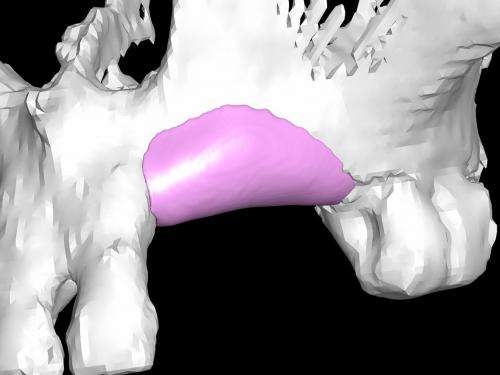Researchers investigate bone substitute from synthetic materials

When Lucia Téllez Jurado and her research team at the National Polytechnic Institute (IPN) were working in the synthesis of diverse materials, they realized that synthetically obtained hydroxylapatite, the medullar component of bone, could be used as a bone substitute.
"We are in an early stage of research where we design materials and test compounds. Hydroxylapatite, obtained synthetically, conserves its properties and could work as a bone substitute because, according to our studies, it doesn't cause toxicity in the human body".
Téllez Jurado, from the Laboratory of Heavy Materials of Metallurgic Engineer at the Superior School of Chemical Engineering and Extractive Industries (ESIQUE) of the IPN, indicates that the material has been synthesized and small powder has been obtained (nanometrics); it can form a fragile mold for which it would be necessary to add other substances to lend mechanical resistance.
Hydroxylapatite obtained synthetically is a fragile ceramic. Collagen and organic matter are what give resistance to bones. That is why the polytechnic research aims to process this material along with others to give it strength.
The work at IPN seeks a material with optimal properties that could be applied on a large bone like the femur or fingers. However, the materials, depending on their properties, are adaptable to other body parts.
"We are interested in obtaining a material that complies with mechanical characteristics so it can be implanted or used as a substitute for a broken bone when no other option is available."

The proposal of the IPN is to create a material than could be reabsorbed, generates bone, and is degradable by the human body.
Hydroxylapatite is a widely studied material, often employed as a biomaterial, and can be obtained either from animal skeletons or synthetically. Another of its applications is as a filter for heavy metals.
Téllez Jurado concludes with the idea of finding the best material to substitute or cover broken bone. "We are going to test several materials, checking their mechanical compositions for the required characteristics and to ensure that it works in humans. For fractures, the technology must not cause further damage".

















